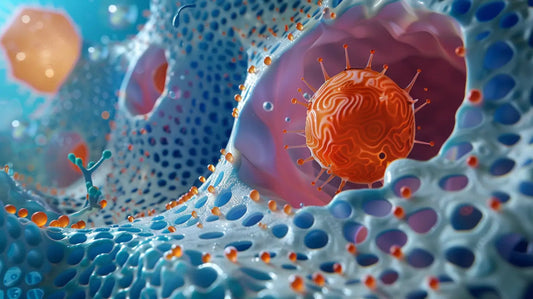Hydrogen Water: The Power of Minuscule Concentrations
UpdatedOur Commitment to Accuracy and Objectivity
Ocemida is committed to delivering reliable and unbiased information. Our editorial team, comprised of experienced editors and medical experts, meticulously reviews every article and guide to ensure the content is accurate, up-to-date, and free from bias.
Rigorous Fact-Checking Process
To uphold the highest standards of accuracy, we adhere to the following fact-checking guidelines:
Trusted Sources: We only cite reputable sources, such as peer-reviewed journals, government reports, academic and medical associations, and interviews with credentialed healthcare professionals.
Evidence-Based: All scientific claims and data are supported by at least one credible source. Each article includes a comprehensive bibliography with full citations and links to the original sources.
Internal Linking: While we may include internal links to other relevant Ocemida pages for better navigation, these links are never used as primary sources for scientific information.
Expert Review: A member of our medical and scientific expert team provides a final review of the content and cited sources for all articles and product reviews related to medical and health topics.
By following these rigorous standards, Ocemida strives to provide readers with reliable and informative content.
Share with a friend
Often, when discussing the health benefits of hydrogen water, many people raise concerns about the incredibly low concentrations of hydrogen gas in it, typically measuring in parts per billion (ppb). The general objection is this: how could such small quantities possibly make a significant impact on our bodies? However, this skepticism, albeit reasonable, may fail to take into account the potency of the active substance involved. In this article, we aim to break down this common misconception by providing real-world examples where minute quantities exert significant effects.

This screenshot from a discussion thread on Quora clearly shows how easily this misconception can take root, even among the educated populace. Now, let's delve into concrete examples.
Mosquito Bite: Small Injection, Big Impact
A mosquito bite is perhaps one of the most striking examples of the power of minuscule quantities. According to entomology studies, a female mosquito, the only one that bites, can inject as little as 0.001 to 0.01 milliliters of saliva into our skin when feeding on our blood1. Though barely visible, this minute quantity of saliva triggers a local immune response, causing itching and, in some cases, swelling. This is due to a cocktail of proteins and other substances in mosquito saliva designed to counteract blood clotting and vascular constriction. The end result, as we all know too well, is a red, itchy welt that can cause discomfort for several days.

Poisonous Gases: Deadly in Parts Per Billion
A second powerful example is poisonous gases, which can be deadly even at parts per billion concentrations. Radon, an invisible, odorless radioactive gas, is a case in point. According to the United States Environmental Protection Agency (EPA), radon levels of 4 picoCuries per liter (pCi/L) or more – equivalent to a mere few parts per billion – pose significant health risks, including lung cancer. It is estimated that radon causes about 21,000 lung cancer deaths per year in the U.S., second only to smoking.
Pharmaceuticals: Micromolar Magic
In the world of pharmaceuticals, there is an array of drugs whose potency relies on tiny doses. For instance, a drug like digoxin, used for treating heart conditions, works in the nanomolar to micromolar range. To put that in perspective, a micromolar concentration equates to one molecule of the substance per one billion (1,000,000,000) molecules of solution. Yet, even at such minuscule doses, digoxin can significantly improve heart function.
Conclusion
The natural skepticism people have about the efficacy of hydrogen water due to the low concentration of hydrogen gas is understandable. After all, the concept of parts per billion is somewhat abstract and hard to fathom. However, as the examples above clearly illustrate – from the irritation caused by the tiny volume of mosquito saliva to the deadly effect of radon gas in the ppb range, to the potent action of pharmaceutical drugs in nanomolar to micromolar concentrations – it's evident that quantity is not always directly proportional to effect.
Science continues to explore the potential health benefits of hydrogen water. Although we can't yet definitively say that hydrogen water is a miracle elixir, it is inaccurate to dismiss its potential solely based on the low concentration of hydrogen. In the world of biology and chemistry, sometimes it is not the quantity, but the intrinsic power of a substance, that determines its impact.
Reference
Table of Contents










































